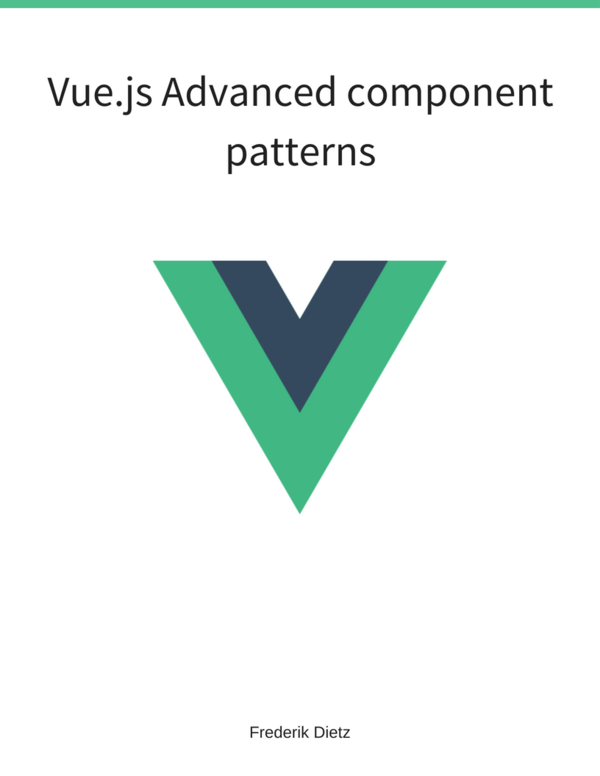Responding to Click Events using Controllers
Problem
You wish to hide an HTML element on button click.
Solution
Use the ng-hide directive in conjunction with a controller to change the visibility status on button click.
<html>
<head>
<script src="js/angular.js"></script>
<script src="js/app.js"></script>
<link rel="stylesheet" href="css/bootstrap.css">
</head>
<body ng-app>
<div ng-controller="MyCtrl">
<button ng-click="toggle()">Toggle</button>
<p ng-show="visible">Hello World!</p>
</div>
</body>
</html>And the controller in js/app.js:
function MyCtrl($scope) {
$scope.visible = true;
$scope.toggle = function() {
$scope.visible = !$scope.visible;
};
}When toggling the button the “Hello World” paragraph will change its visibility.
Discussion
Using the ng-controller directive, we bind the div element including its children to the context of the MyCtrl controller. The ng-click directive will call the toggle() function of our controller on button click. Note that the ng-show directive is bound to the visible scope variable and will toggle the paragraph’s visibility accordingly.
The controller implementation defaults the visible attribute to true and toggles its Boolean state in the toggle function. Both the visible variable and the toggle function are defined on the $scope service which is passed to all controller functions automatically via dependency injection.
The next chapter will go into all the details of controllers in Angular. For now let us quickly discuss the MVVM (Model-View-ViewModel) pattern as used by Angular. In the MVVM pattern the model is plain Javascript, the view is the HTML template and the ViewModel is the glue between the template and the model. The ViewModel makes Angular’s two-way binding possible where changes in the model or the template are in sync automatically.
In our example, the visible attribute is the model, but it could of course be much more complex , when for example retrieving data from a backend service. The controller is used to define the scope which represents the ViewModel. It interacts with the HTML template by binding the scope variable visible and the function toggle() to it.
